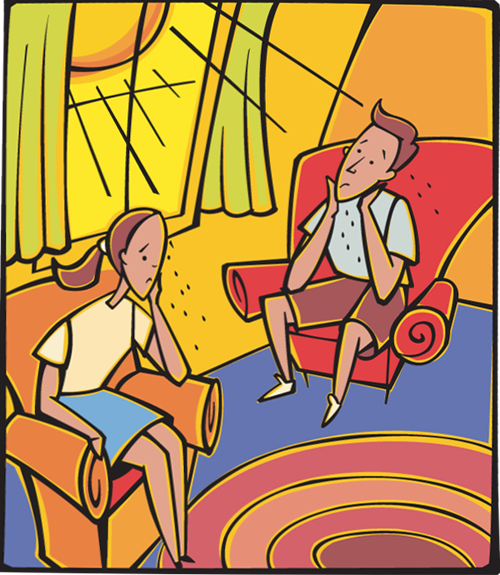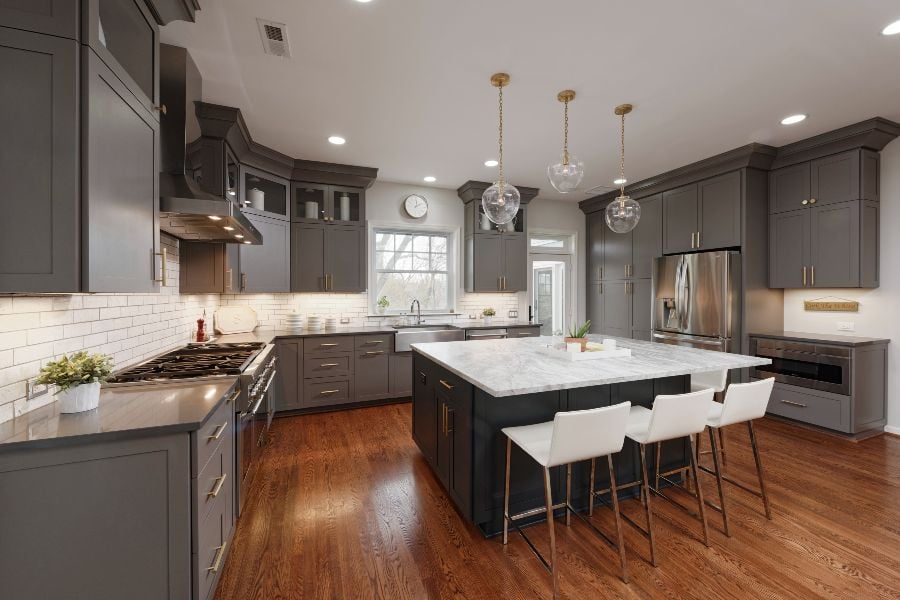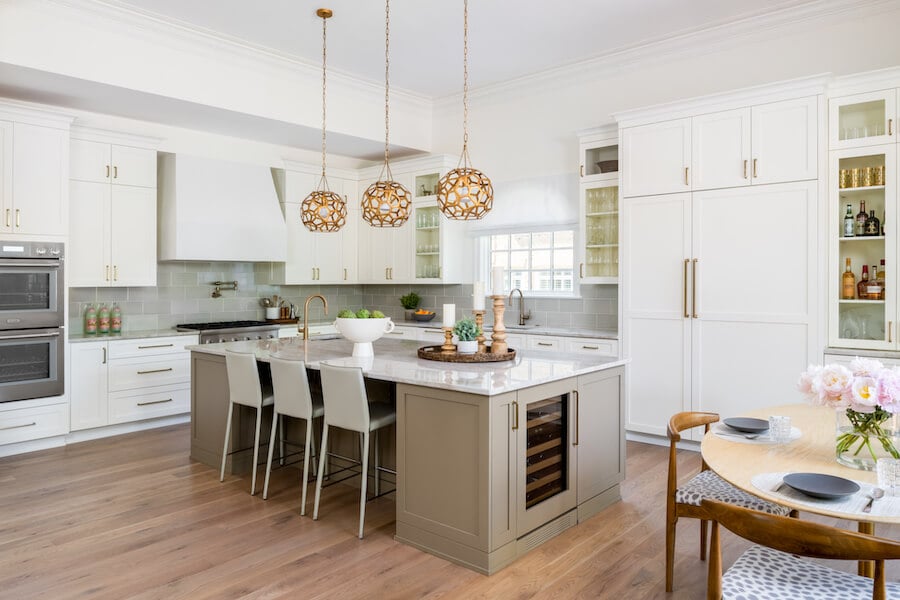What’s the “Right” Size Home Air Conditioning System?
How to beat the heat affordably.
We’re now into the infamous heat and humidity of summer in the DC area. If you’re finding your air conditioning system isn’t up to the task anymore, an important caveat is “Don’t over-buy.” The fact is that installing HVAC units that are bigger than necessary can actually result in higher energy bills and make your home less comfortable.

Bigger air conditioning is not always better air conditioning
Seems counter-intuitive, doesn’t it? You’d think that a bigger unit would have to work less to heat or cool the house. Turns out just the opposite is true. When a unit is too large, it cycles on and off more frequently than an appropriately sized one, creating more wear and tear to the unit. All that cycling also creates higher energy bills compared to a right-sized unit that just comes on, runs steadily, and then cuts off. Plus, a home with an over-sized unit will feel less comfortable. With air conditioning, for example, the frequent on/off cycling creates short, cold bursts of air rather than a cool, steady temperature. Likewise, the humidity is less comfortable because the cycling means that less moisture is actually removed from the home.
According to Home Energy magazine, some contractors size air conditioning units larger than necessary and often over-size by a half-ton or more. Why? Lack of knowledge is only part of the reason. While an over-sized unit becomes a headache for homeowners, it can also mask problems that arise from less-than-skillful workmanship – like improperly sealed ductwork or poorly installed windows and doors.
So, what’s the right size for your home?
Some contractors simply use square footage or “rules of thumb” to size units. At MBRG, we know it takes more thinking than that to do the accurate load calculations needed to come up with the right-sized unit.
Two remodeling projects in our area with identical square footage – even the same number of windows and doors – can have very different heating and cooling challenges. For example, an addition that faces south is likely to require more cooling power than an identical addition that faces north. Here are the factors that we take into account for you:
- The space itself: the direction it faces, square footage, ceiling height, layout, etc.
- The size, type and number of windows and the direction they face
- Shade (e.g., trees, overhangs, etc.)
- The overall energy efficiency of the home (e.g., how well windows, doors and ducts are sealed, how the home is insulated, etc.)
If you are thinking about remodeling, we’d be happy to share more ideas for making your space not only beautiful and functional, but comfortable and energy-efficient as well. Just give us a call.
Save
Save
Save
Save
Save
Save
Save

